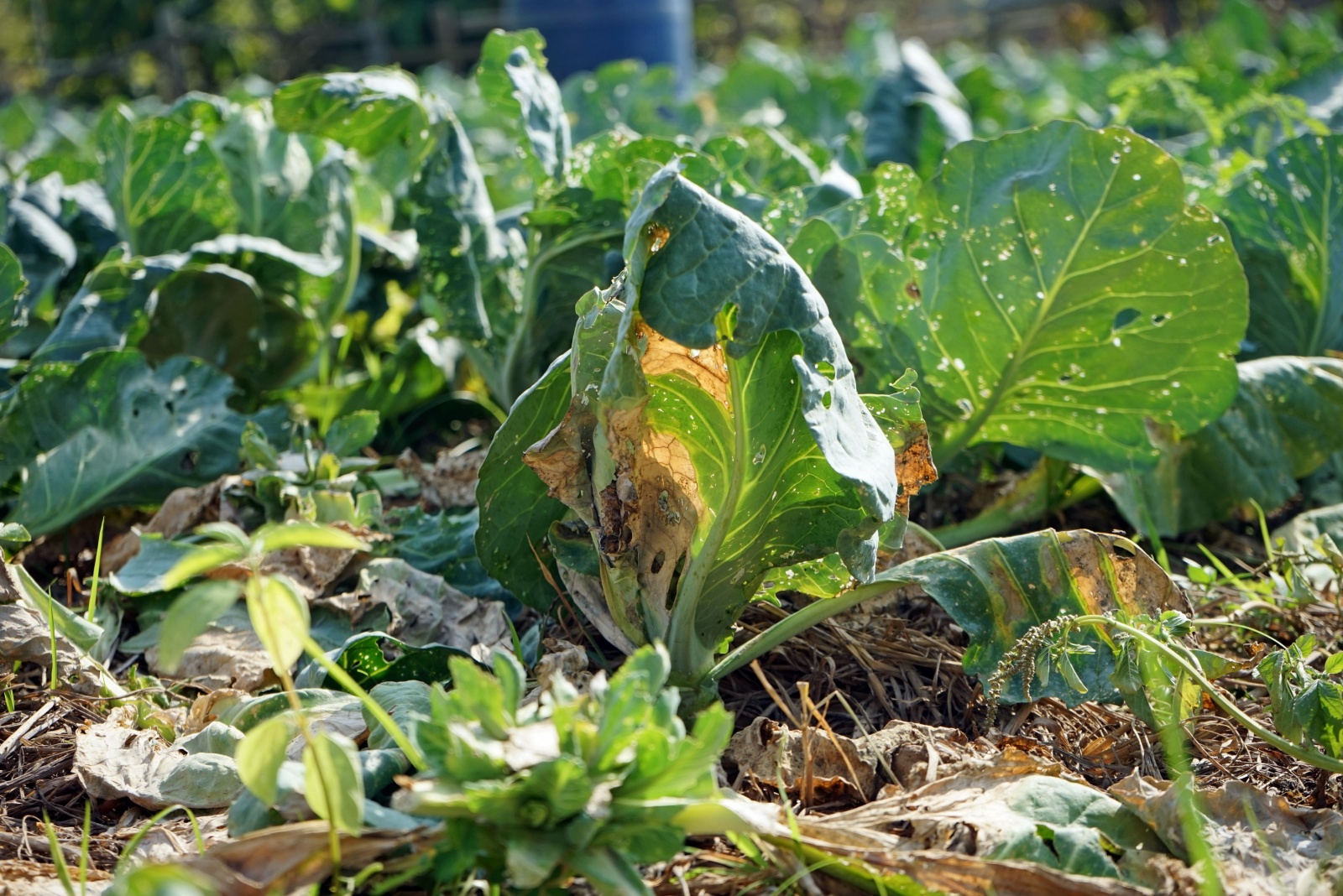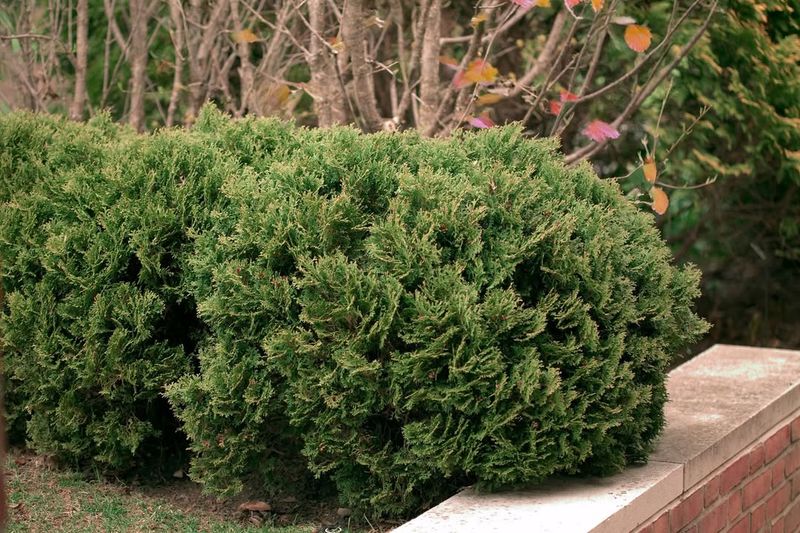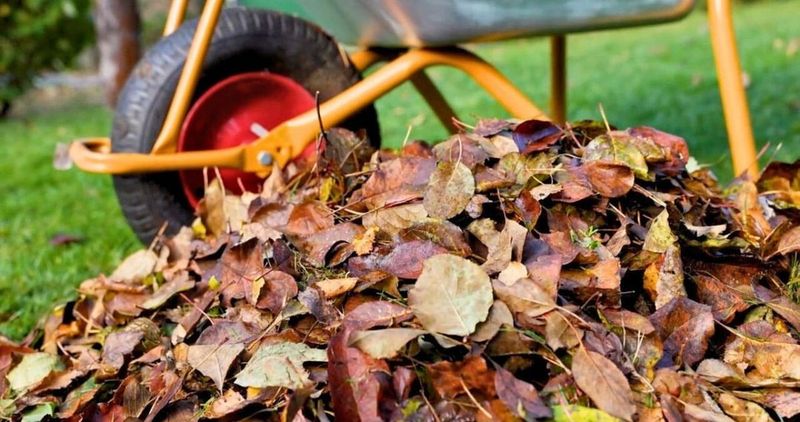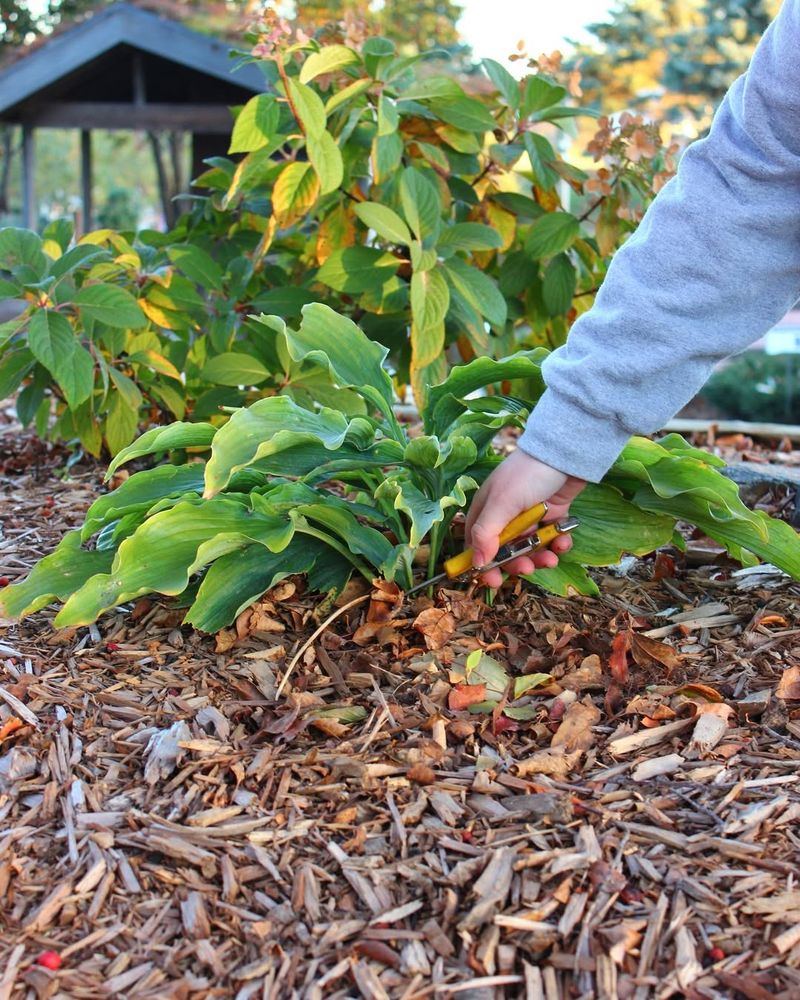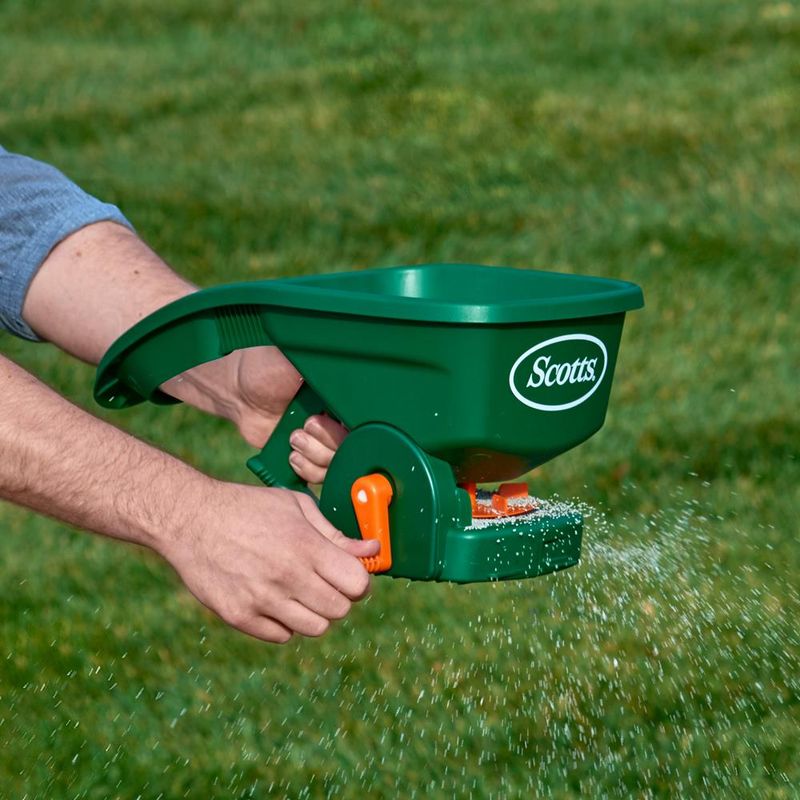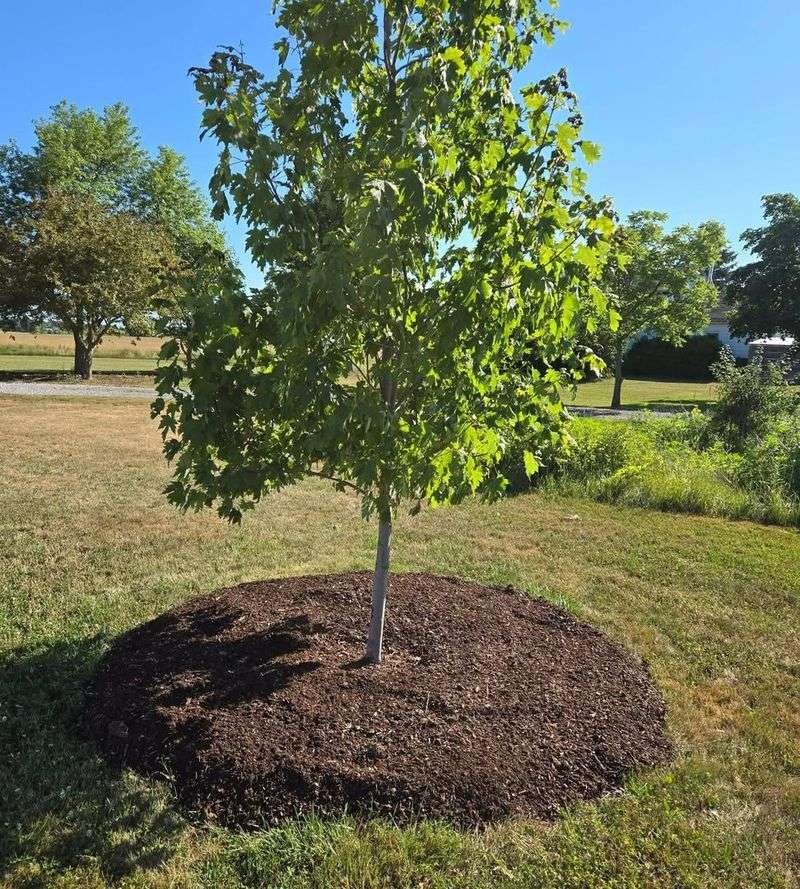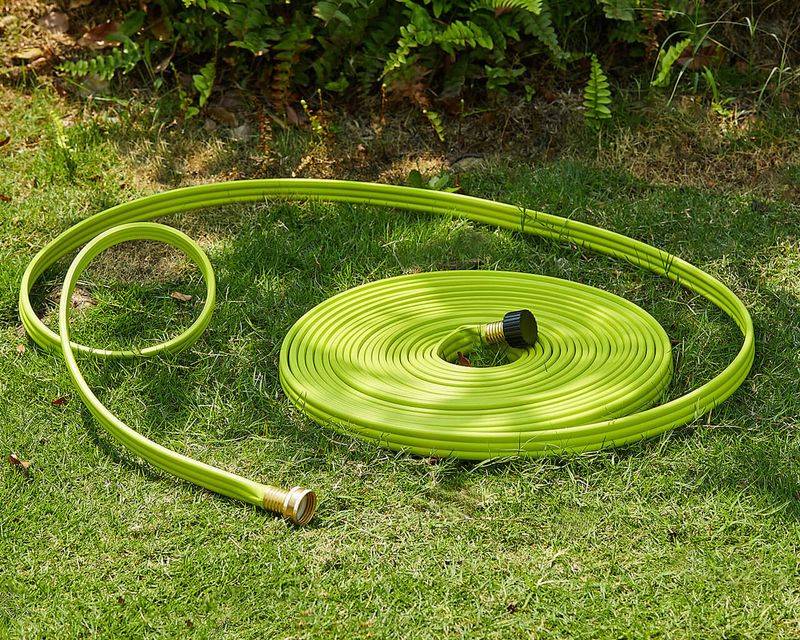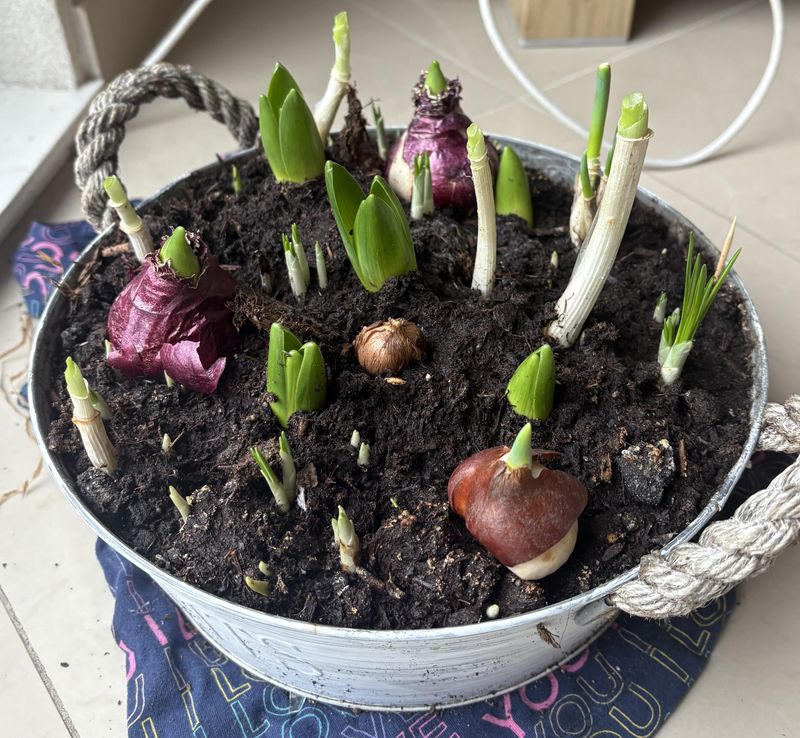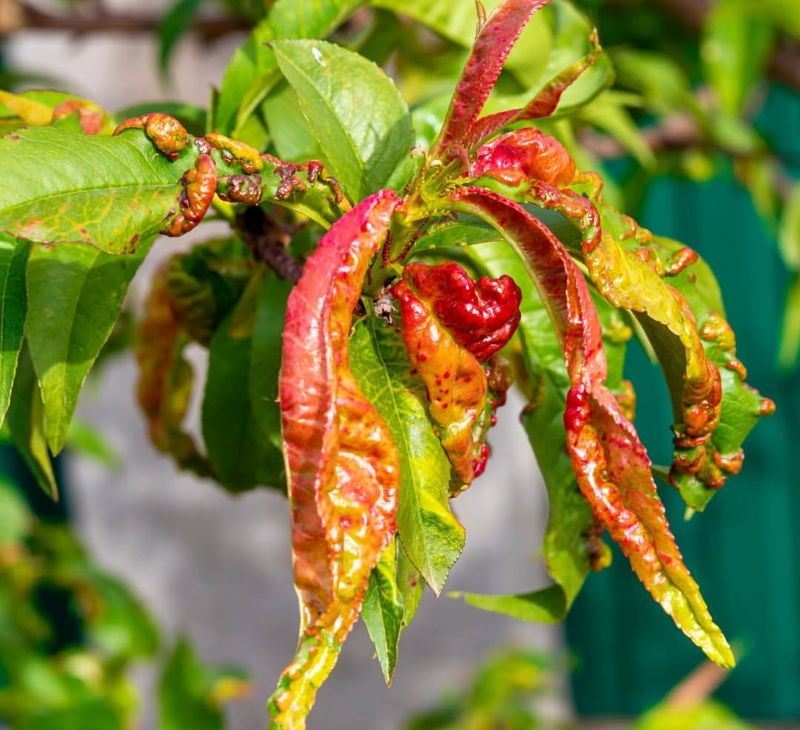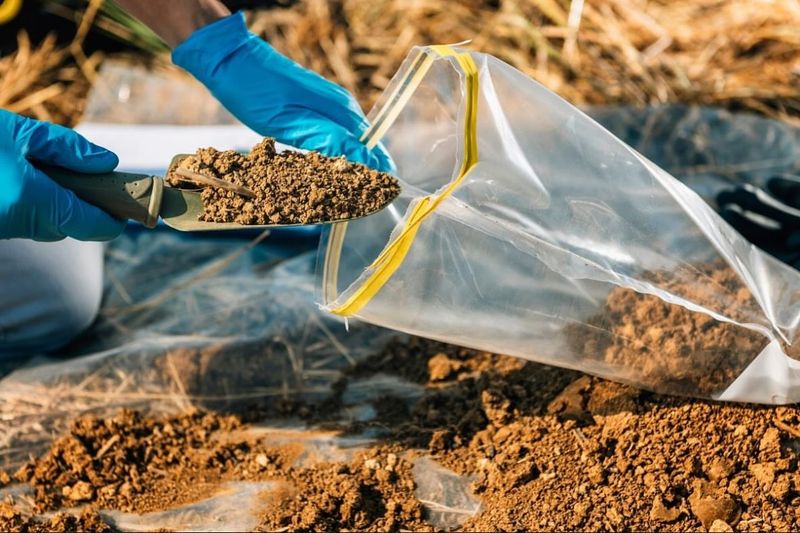November pushes Michigan gardens into their final cool-weather stretch, and small missteps now can create big problems once spring arrives.
Plants enter dormancy, roots brace for freezing soil, and lingering debris invites pests and disease. A few common errors easily derail a healthy start to next year’s growth.
1. Leaving Diseased Plants Standing Too Long
Wilted plants might look harmless, but they can harbor diseases and pests over winter. Fungi, bacteria, and insect eggs hide in dried stems and leaves, waiting to attack your garden next spring.
Removing dead vegetation now prevents problems later. Pull up annuals that have withered and cut down perennials to about three inches above ground. Compost healthy plant material but throw away anything that looked diseased during the Michigan growing season to protect future crops.
2. Forgetting To Water Evergreens
Evergreens continue losing moisture through their needles all winter long, even when temperatures drop. Without adequate water stored in their roots, they can suffer winter burn and browning by spring.
Give your evergreens a deep watering before the ground freezes solid. Focus on arborvitae, boxwood, rhododendrons, and pine trees. Water slowly so moisture reaches deep into the root zone, providing a reservoir that will sustain them through Michigan’s harsh winter months ahead.
3. Raking Up Every Single Leaf
Bare soil looks tidy, but leaving some leaves actually benefits your Michigan garden ecosystem. A layer of leaves provides insulation for plant roots and creates habitat for beneficial insects that help control pests.
Instead of removing every leaf, shred them with your mower and spread a thin layer over garden beds. Avoid thick piles that can smother plants or create mold. Around perennials and shrubs, a two to three inch layer works perfectly for protection.
4. Cutting Perennials Down To The Ground
Chopping perennials all the way down seems like good cleanup, but it removes important winter protection. Leaving a few inches of stem helps trap snow, which insulates roots from extreme temperature swings.
Aim to cut perennials back to four to six inches instead of ground level. The remaining stems also provide food and shelter for overwintering beneficial insects and birds that eat garden pests. Come spring, you can trim them further if needed.
5. Applying Fertilizer Too Late
Fertilizing in late November encourages new growth that will only get damaged by freezing temperatures. Plants need time to harden off before winter arrives, not a boost of nutrients that pushes tender shoots.
Stop fertilizing most plants by mid-October in Michigan. If you want to feed your lawn, do it in early November at the latest with a winterizer formula. Save other fertilizers for spring when plants can actually use the nutrients for healthy growth.
6. Ignoring Mulch Around Trees And Shrubs
Bare soil around woody plants loses heat quickly, exposing roots to damaging freeze-thaw cycles throughout winter. Without protection, roots can heave out of the ground or suffer cold injury.
Spread a two to four inch layer of mulch around trees and shrubs now, keeping it a few inches away from trunks and stems. Wood chips, shredded bark, or composted leaves all work well. Mulch moderates soil temperature and retains moisture for healthier plants in Michigan gardens.
7. Neglecting To Drain Garden Hoses And Irrigation
Water left in hoses and irrigation lines will freeze, expand, and crack the materials. Burst hoses and broken sprinkler systems mean expensive repairs and replacements come spring.
Disconnect all hoses from outdoor faucets and drain them completely before storing indoors or in a shed. Blow out irrigation systems or drain them according to manufacturer instructions. Shut off interior valves to outdoor faucets if possible. Taking these steps now saves money and frustration later on.
8. Planting Spring Bulbs Too Shallow
Bulbs planted too close to the surface can freeze, rot, or get dug up by hungry squirrels during winter in Michigan. Shallow planting also results in weak stems and poor flowering when spring arrives.
Plant tulips, daffodils, and other spring bulbs at a depth three times their height. For example, a two-inch bulb needs a six-inch hole. Deeper planting provides better insulation and anchoring. Add bone meal to planting holes for stronger root development over winter months.
9. Leaving Diseased Fruit On Trees
Mummified fruit clinging to branches looks harmless once frozen, but it harbors disease spores that will infect next year’s crop. Fungi and bacteria survive winter in dried fruit, spreading when temperatures warm up.
Remove all remaining fruit from trees and pick up fallen fruit from the ground. Don’t compost diseased fruit because home compost piles rarely get hot enough to destroy pathogens. Bag it for trash pickup instead to break the disease cycle completely.
10. Skipping Soil Testing Before Winter
Waiting until spring to test soil means missing the chance to amend it properly before Michigan planting season. Lime and other amendments need months to work into soil and adjust pH levels effectively.
Collect soil samples now while you can still dig easily. Send them to your county extension office for analysis. Results will show what your garden needs, giving you winter months to add lime, sulfur, or organic matter. By spring, your soil will be perfectly balanced and ready.

